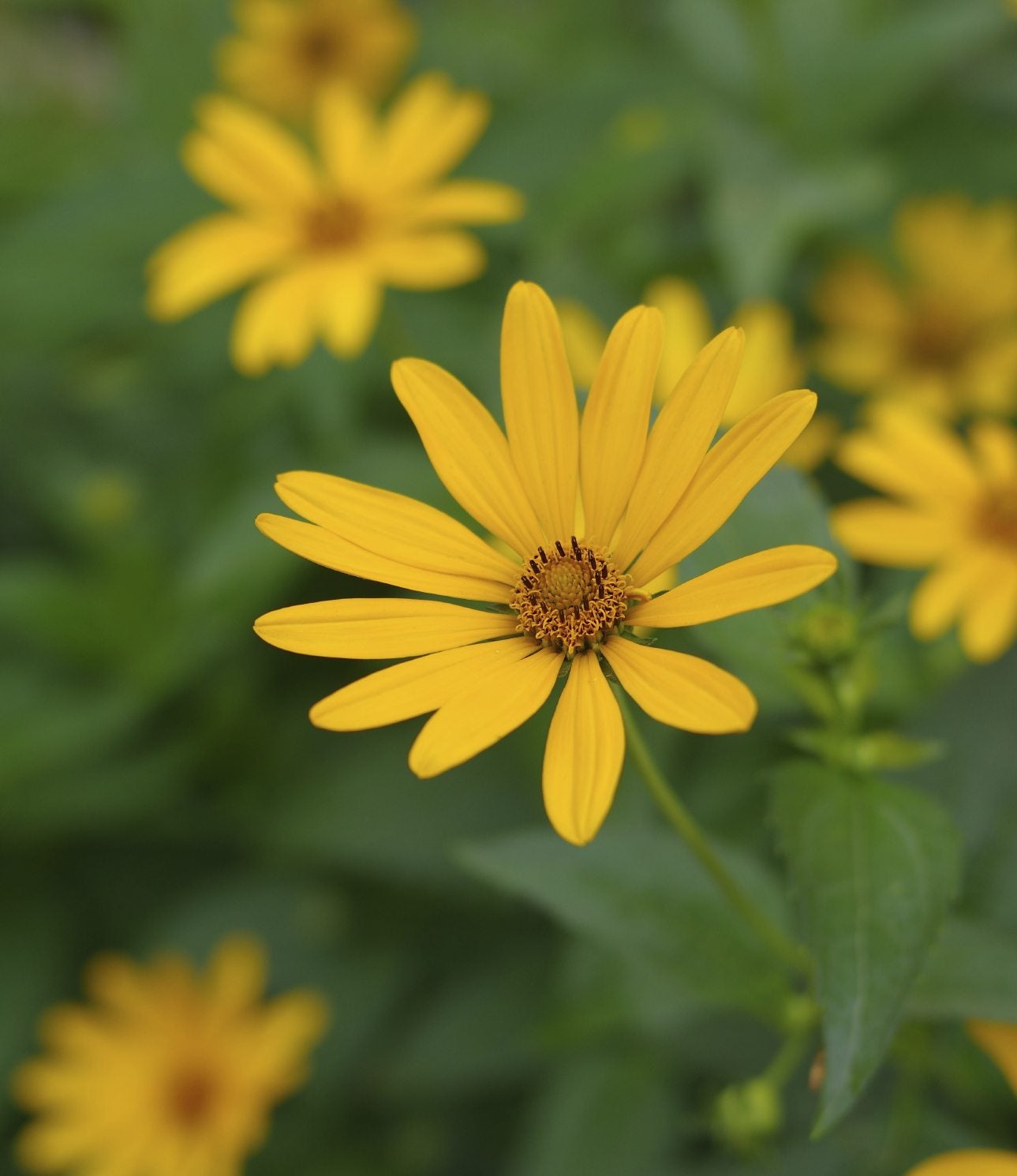Heliopsis Trimming: Do You Cut Back False Sunflowers


False sunflowers (Heliopsis) are sun-loving, butterfly magnets that provide bright yellow, 2-inch (5 cm.) flowers reliably from midsummer to early autumn. Heliopsis requires very little maintenance, but these impressive plants benefit from regular trimming and cutting back, as false sunflowers reach heights of 3 to 6 feet (1-2 m.). Read on to learn more about false sunflower pruning.
How Do You Cut Back False Sunflowers?
Cutting back false sunflowers is an easy process, though it helps to trim false sunflowers in stages to keep the plants looking their best throughout the growing season. For example, pinch the growing tips of young plants in spring to create full, bushy plants, then keep the plant deadheaded throughout the blooming season to prevent false sunflowers from going to seed prematurely. Cut the plants back by about half if they begin to look floppy or scraggly in early summer. The rejuvenated plant will reward you with a new flush of beautiful blooms. False sunflower pruning for the final time this season can occur in fall, after the plant has finished blooming, cutting back false sunflowers to around 2 to 3 inches (5-7.5 cm.). Alternatively, you can wait until spring to prune back Heliopsis plants so finches and other small songbirds can enjoy the seeds throughout the winter. Many gardeners appreciate the texture and interest that the spent plant provides to the winter landscape. Additionally, postponing Heliopsis trimming by leaving the plant in place until spring also protects the ground from freezing and thawing and helps to prevent erosion. However, false sunflower pruning in fall or spring is fine. It all depends on your preferences.
Gardening tips, videos, info and more delivered right to your inbox!
Sign up for the Gardening Know How newsletter today and receive a free copy of our e-book "How to Grow Delicious Tomatoes".

A Credentialed Garden Writer, Mary H. Dyer was with Gardening Know How in the very beginning, publishing articles as early as 2007.
-
 Looking For Plants To Give You The Soft And Fuzzies? Try These 5 Fuzzy Leaf Plant Options
Looking For Plants To Give You The Soft And Fuzzies? Try These 5 Fuzzy Leaf Plant OptionsLovers of texture, drama, silver foliage and tactile plants will adore these special sensory garden additions. These fuzzy leaf plant options will leave you all aglow
By Susan Albert
-
 Get Ready For A Summer Of Hummers! Grow These Full Sun Hummingbird Plants and Flowers
Get Ready For A Summer Of Hummers! Grow These Full Sun Hummingbird Plants and FlowersIf you’re lucky enough to enjoy a sunny backyard, make sure you are maxing out on your pollinator opportunities and grow these full sun hummingbird plants and flowers
By Tonya Barnett
